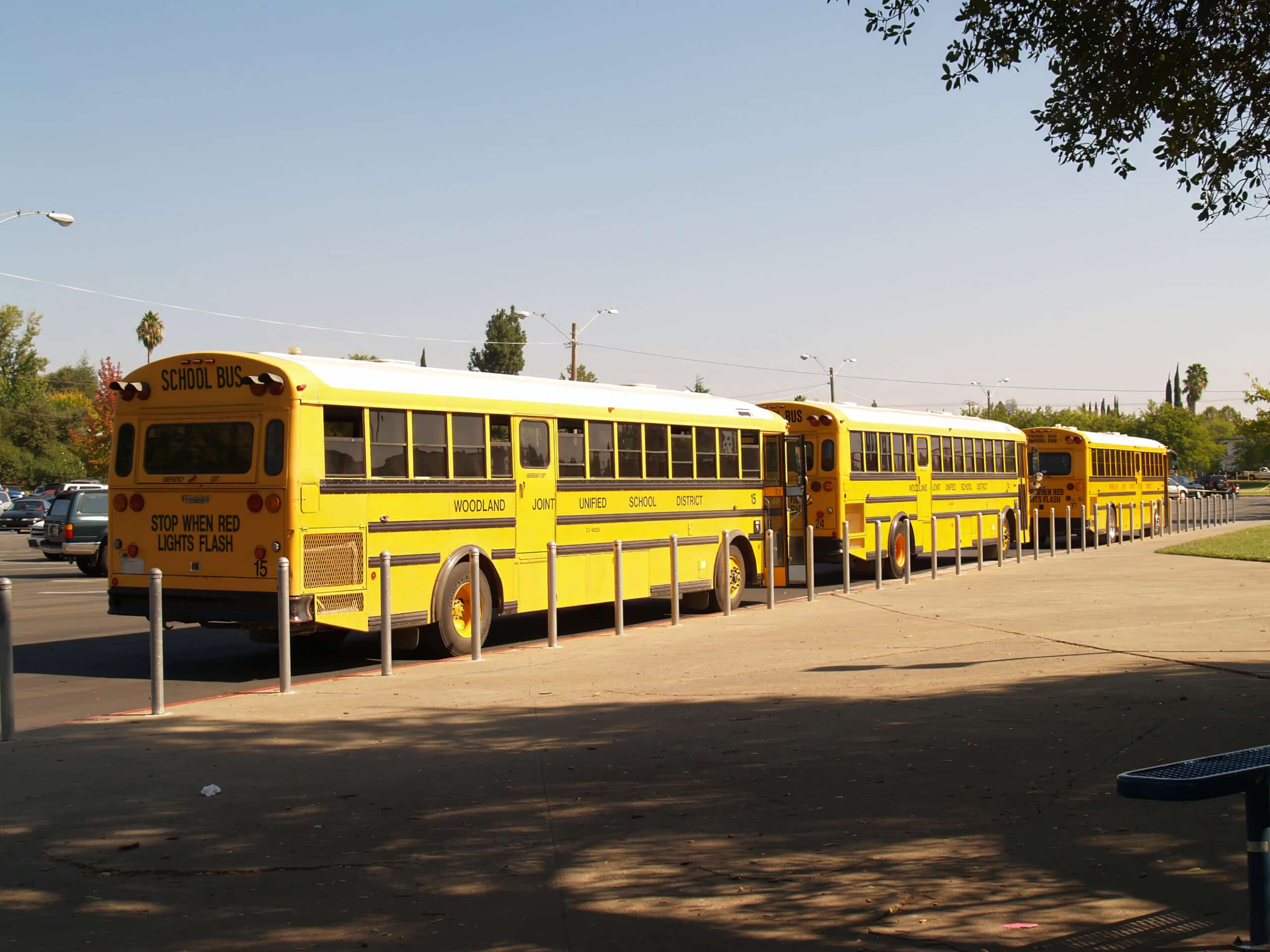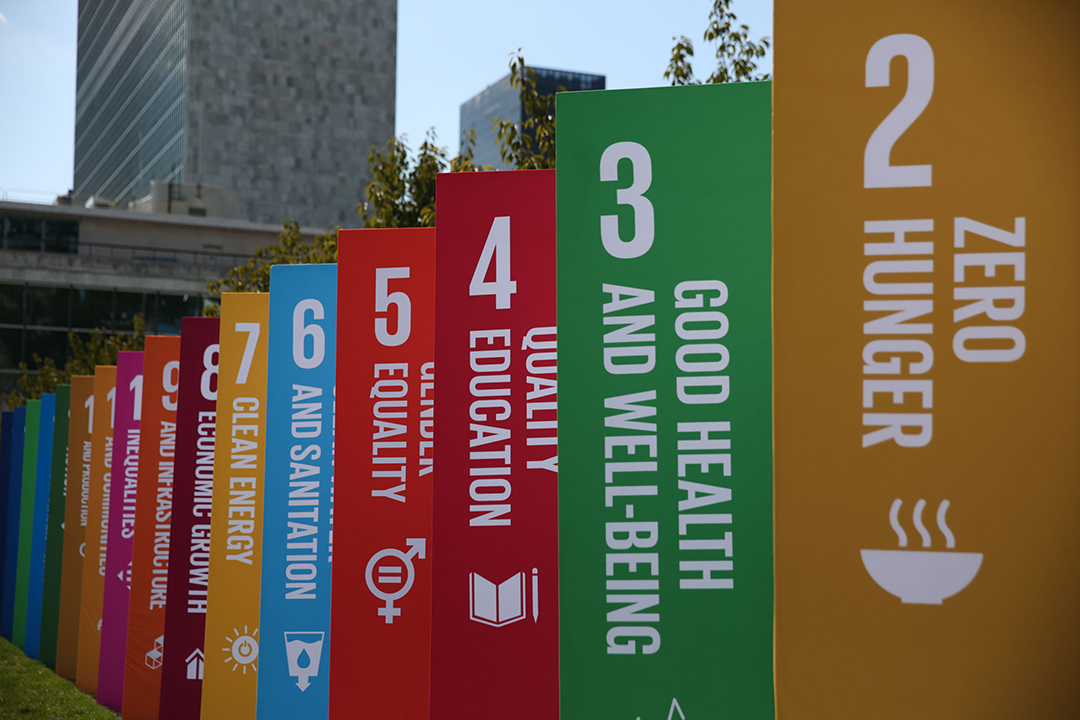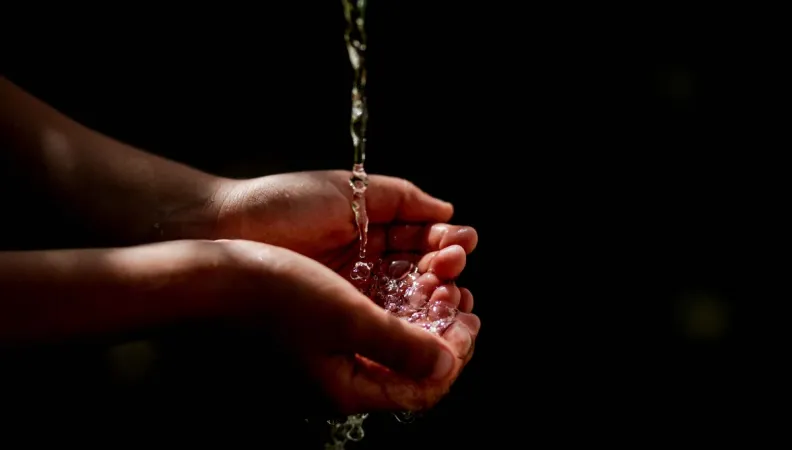Projects that Made Cities Greener
In 2021, cities worldwide embraced green initiatives, from urban forests to innovative public spaces. Time Out highlights transformative projects that enhance biodiversity, reduce carbon footprints, and improve community well-being, showcasing how urban areas can become more sustainable and livable through thoughtful design and environmental stewardship.

Has 2021 been a great year for the planet? Well, almost certainly not – and that’s putting it lightly. The climate crisis is worsening and governments around the world are continuing to dither and delay. Despite another year of stern warnings and worrying predictions, we’re all severely and irreversibly damaging the planet.
But things aren’t all bad. There are still plenty of reasons to be cheerful – or if not exactly cheerful, to be not that miserable. Cities are still innovating and doing their best to embark on green initiatives. And all around the world, people, businesses and local governments have found ways to do their bit to be more sustainable.
From mass reforestation projects and sustainable department stores to cooperative housing and revolutionary urban planning, cities are transforming their citizens’ way of life. Indeed, the bright side of the current crisis isn’t just bright: it’s blindingly promising. There are obviously plenty of people around the world who want to create real change, and they definitely deserve a bit of recognition.
As part of this year’s Time Out Love Local Awards, we asked you to name the best green city projects that you heard about in 2021. Here are all the award winners, along with a handful of other standout works that cropped up across the globe this year.
Amazing projects that made cities around the world greener in 2021
1. London’s Restart Project teaches us how to reduce waste

Reducing waste from electronic devices requires a pretty niche skillset, but the Restart Project is trying to rectify that – one community event at a time. It is helping Londoners learn more about sustainable electronics and how to reduce consumption of everything from smartphones and tablets to toasters and vacuum cleaners. This year, the Project went further and launched Materials Matter, an educational site that aims to help children across the UK understand the environmental impact of a smartphone.
2. Making NYC’s gardens greener with the Restoration Project

3. Superblocks are transforming the city streets in Barcelona

Barcelona’s glorious superilles continue to swallow up greater areas of the city, greenifying and pedestrianising as they go. In 2021, the Catalan capital completed the transformation of streets in Sant Martí, extending the overall superblock area by more than 14,000 square kilometres, and started work on the streets of Rector Triadó and Torre d’en Damians. One of the twenty-first century’s most ambitious urban-planning projects grows more impressive by the year.
4. The pioneering cooling measures in Tokyo

Keeping cities naturally cool reduces the need for air conditioning and so lowers energy consumption. In the lead-up to the 2021 Olympics, Tokyo needed to find ways to make its sweltering, 40C summer more bearable. The result was an ingenious array of cooling tech, from wooden architecture (like the cedar National Stadium) to solar paint (on running surfaces and roads) and water spray systems.
5. Milan’s 35km of new cycle lanes

Milan’s been investing a lot in green initiatives over the past few years, but 2021 saw the rise and rise of the city’s cycle lanes. After being announced in 2020, the Strade Aperte (Open Roads) project has built more than 35km of new bike paths, stretching all the way to the outskirts and totally transforming central streets like the Corso Buenos Aires. As such a flat and compact city, Milan could one day be a cyclist’s paradise – and that potential is starting to be fully realised.
6. The foodie revolution of Écotable in Paris

Écotable doesn’t just point the general public towards eco-friendly restaurants (although that’s useful enough on its own) – it also trains and supports establishments that are involved in sustainable catering. But in 2021 it succeeded in something else: the Écotable Community (La Communauté Écotable) rallied to support those in need. From March through June, it mobilised a network of 24 restaurants throughout Paris to provide more than 12,000 meals to students with food insecurity. Santé!
What’s a better way to beat back misconceptions that wood is a poor building material than to build an enormous, gorgeous skyscraper out of it? At 75 metres and 20 storeys tall, the Sara Cultural Centre in Skellefteå, Sweden, shows that reinforced timber can be the sustainable building material of the future. The ‘plyscraper’ opened its doors to the public in September, but it’s just the latest in a long line of green projects in Skellefteå, a town that is already full of wooden buildings and soon aims to be 100 percent powered by renewable electricity.
Durban’s Wonderbags are essentially big slow-cookers made out of cloth. Not only are they great for the environment – limiting fuel consumption, pollution and water usage – but they also help families save money and reduce the amount of time women have to spend doing dangerous things like collecting fuel alone (that in itself is a sobering thought, we know). Throughout 2021, a year of power cuts and social unrest in the third-biggest city in South Africa, Wonderbags really came into their own.
Pledging to make wind turbines that ‘you want to live and work next to’, Flower Turbines are small, quiet and, if we’re being honest, strikingly beautiful works of design. Throughout 2021 they’ve been popping up all over Rotterdam, from the Kleinpolderplein transport hub to a Roodhart warehouse in the city’s harbour district. Tulip-shaped and often fitted with solar panel ‘leaves’, they’re perfect examples of how cities can combine environmental tech with stunning design.
Just half an hour’s drive from Reykjavik lies the Transformer-like Orca, the world’s largest climate-positive direct air capture plant. Made by Climeworks, it was turned on in September and, put simply, it absorbs carbon – 4,000 tonnes of it – from the air every year. While that might not seem like much (in the grand scheme of things, we’d need 10 million of these things to absorb as much carbon as we currently pollute), it’s the most exciting hint yet that, one day, carbon-capture technology might find a solution to global warming.
7. Sustainable building tech at the Sara Cultural Centre in Sweden

8. The cooking bags changing lives in Durban

9. Design beauty plus wind tech at Rotterdam’s Flower Turbines

10. In Reykjavik, the Orca consumes carbon by the tonne

11. We Park’s community spaces are changing Bangkok

We Park takes Bangkok’s abandoned and idle urban spaces and rejuvenates them into delightful community parks. The first of those parks opened in September in Wat Hua Lamphong and features not just lush greenery but exercise machines, benches and a colourful children’s playground. There’s due to be four pilot We Parks throughout Bangkok and hopefully many, many more in the years to come.
12. Tower block = green haven at Ørsted Gardens in Copenhagen

How do you turn a harsh, tired and frankly dull building into a glorious environmental statement? It’s simple, really. You add plants – lots of them. Danish architecture studio Tegnestuen LOKAL saw a tower block in Copenhagen and thought: this has the potential to be transformed into a green residential haven. They added a façade of shared balconies, complete with trellises of plants, huge windows, wooden decking and flower beds. The result was Ørsted Gardens, a marvellous work of upcycling.
13. The Green Pea eco shopping centre is transforming Turin

While most of us are lucky to find an eco-friendly aisle in a supermarket, Turin has an entire shopping centre dedicated to green goods and services. Since opening at the very end of last year, Green Pea has quickly established itself as the mall of a sustainable future. All of the retail park’s five floors and 60-plus shops are focused on reusable, recyclable, locally-sourced goods. One day, we might all be lucky enough to have a Green Pea on our doorstep.
What is Your Reaction?
 Like
0
Like
0
 Dislike
0
Dislike
0
 Love
0
Love
0
 Funny
0
Funny
0
 Angry
0
Angry
0
 Sad
0
Sad
0
 Wow
0
Wow
0
















































/environment-climate-change-and-health-(ech)/water-sanitation-hygiene-and-health-(wsh)/landfill-tuvalu-36092.tmb-1200v.jpg?sfvrsn=5c21fe40_1#)

.jpg.webp?itok=0ZsAnae9#)
























